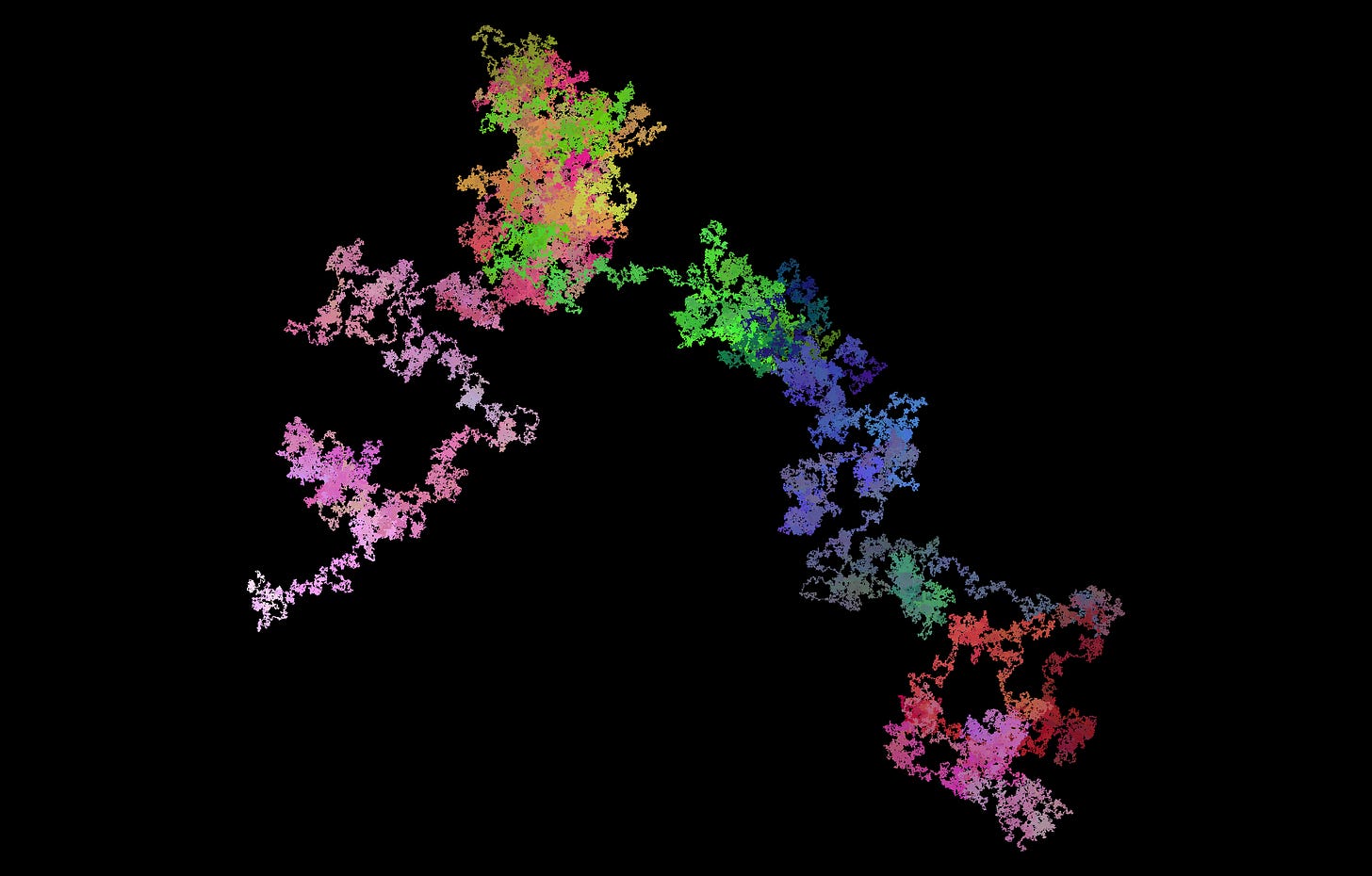Analyzing RandomWalkNFT's interesting withdrawal mechanism for minted ETH

Note: This is a discussion regarding RandomWalkNFT’s specific withdrawal mechanism of the accumulated ETH used to mint the images. This is not a discussion about its NFTs or NFTs in general. This is not an introductory post on NFTs.
Random Walk NFTs
RandomWalkNFT is a website where you can mint Non Fungible Tokens (NFTs) that are attached to a one of a kind image (technically two images as well as two videos detailing its creation) created through a Random Walk. The NFTs are minted on the Arbitrum blockchain, a layer 2 scaling solution on the Ethereum protocol. RandomWalkNFT is the first NFT project to launch on the Arbitrum blockchain.
I was linked to RandomWalkNFT through my prediction markets community, and what really caught my attention in particular was how it was designed to handle the ETH used to mint the NFTs.
Withdrawal Mechanism
In order to create an NFT, A certain amount of ETH needs to be used to mint it. In the case of RandomWalkNFT, every new NFT requires more ETH for minting than the previous one. As of November 12, 2021 at 1:00 pm EST, you need 0.0096 ETH + gas fee to mint a RandomWalkNFT.

The 0.0096 ETH used to mint the NFT would be going into this contract, which is accumulating all the ETH used to mint all the RandomWalkNFTs. Currently, there are 7.448 ETH accumulated (~$34,400 USD).
Where it gets interesting is how it is designed to distribute this accumulated ETH.

Every time a new NFT is minted that clock will reset to 30 days. If 30 days pass without a new NFT minted, the last minter address will then have the ability to withdraw 50% of the minted ETH accumulated, currently about 3.77 ETH.
So for a total mint cost of 0.015539 ETH, you could potentially get a return of 3.77 ETH, a 242x return on your investment!
Once the last minter address withdraws, the clock will freeze until a new mint happens. After that new mint happens, the 30 day countdown will restart.
Game Theory
There is a clear opportunity to generate a significant return on your investment with this design, if you are able to execute the correct strategy. This mechanism was designed as an incentive to mint until it gets uneconomically expensive to do so, which in theory should increase the value of every minted NFT so far.
At what point will the market decide that the cost of minting is too expensive to attempt to acquire the minted ETH locked for withdrawal?
Once 50% of the ETH minted is withdrawn, will the market attempt to mint in order to have the opportunity to withdraw 50% of the minted ETH remaining in the contract?
Will the minted ETH ever be withdrawn in almost its entirety?
I am trying to figure out the answer to these questions. Regardless of whether I figure it out or not, I am fascinated to see what happens.
This is not investment advice. For informational purposes only. At the time of publication, I owned two Random Walk NFTs